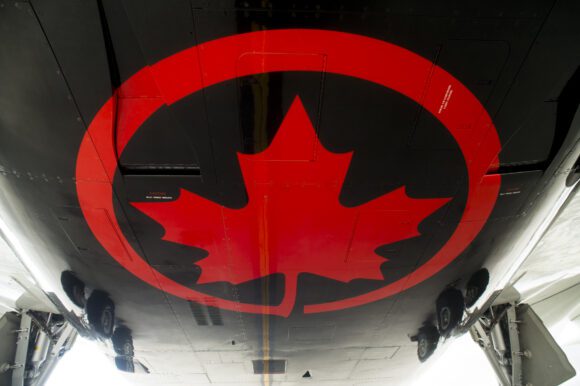
A330 300 1 1
Here’s how the airline puts it: “Air Canada has inaugurated two strategic non-stop routes from its Montreal global hub to Europe. Air Canada’s non-stop, year-round service to Toulouse is the airline’s fourth destination in France and marks the only year-round service between North America and southwestern France, connecting two global aerospace centres.”
The key items are year-round and aerospace centers. This will surely be in the front cabin, known as the “Airbus flight.

The announcement states the route will be performed using an A330-300. Certainly appropriate – but because Air Canada will be deploying the A321XLR, they can switch out capacity as needed. For example, the A321 will likely serve the market more effectively from January through March than an A330. Unless there is substantial cargo that would offset slower passenger traffic.
Using the skailark data, we see the following numbers for the 1Q23 Montreal-Paris route as a guide for what we might expect on the Toulouse operation.

The A330 flies slower and uses more fuel than the Boeing’s in Air Canada’s fleet on the route. This means considerably more emissions. The emissions are noteworthy because Air Canada states: “Flights to Toulouse are operated on an Airbus A330 aircraft featuring three classes of service, one of which was recently outfitted with special diagnostics sensors in partnership with In-Service Aircraft for a Global Observing System (IAGOS), an international non-profit organization that utilizes commercial aircraft as a global observation platform of climate change and air quality.” This is a bit awkward since “Toulouse is home to one of the main scientific laboratories behind IAGOS, the Laboratoire d’Aérologie, CNRS, and one of the partners of IAGOS, Météo France, is also located in the French city.”
Based on the table, we think the 787-8 would be the optimal aircraft for the route until the A321XLR arrives. But, as always, you fly what you have.
Views: 1




